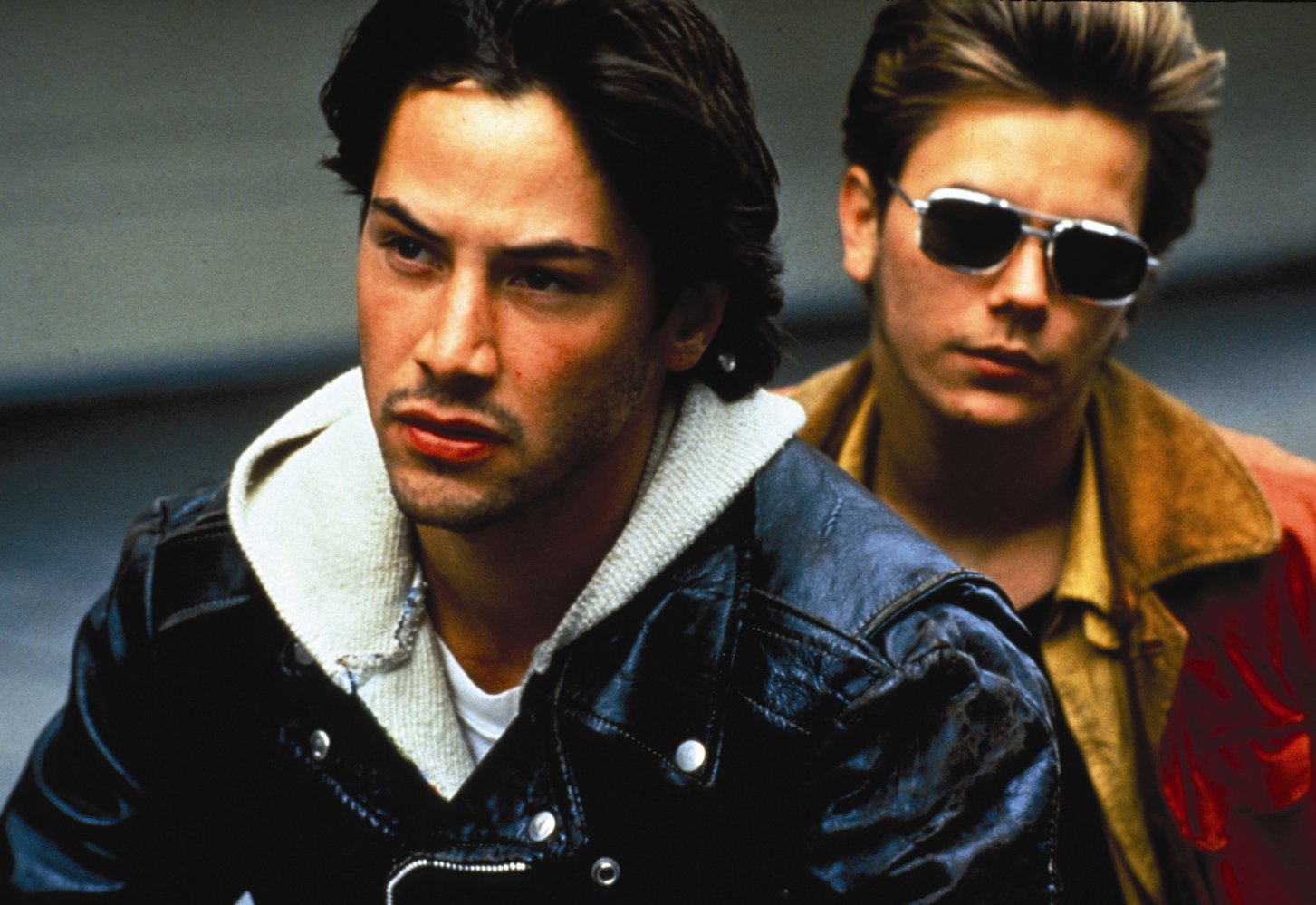
In many ways, Gus Van Sant’s ‘My Own Private Idaho’ is a film about duality, weaving together conflicting stories about love, family and the inescapable lure of home, even when it is a place you can never go back to again. And that duality also lends itself heavily to the sexual identities of the film’s main characters, Mike and Scott, two street hustlers with opposite views of their own bisexuality…
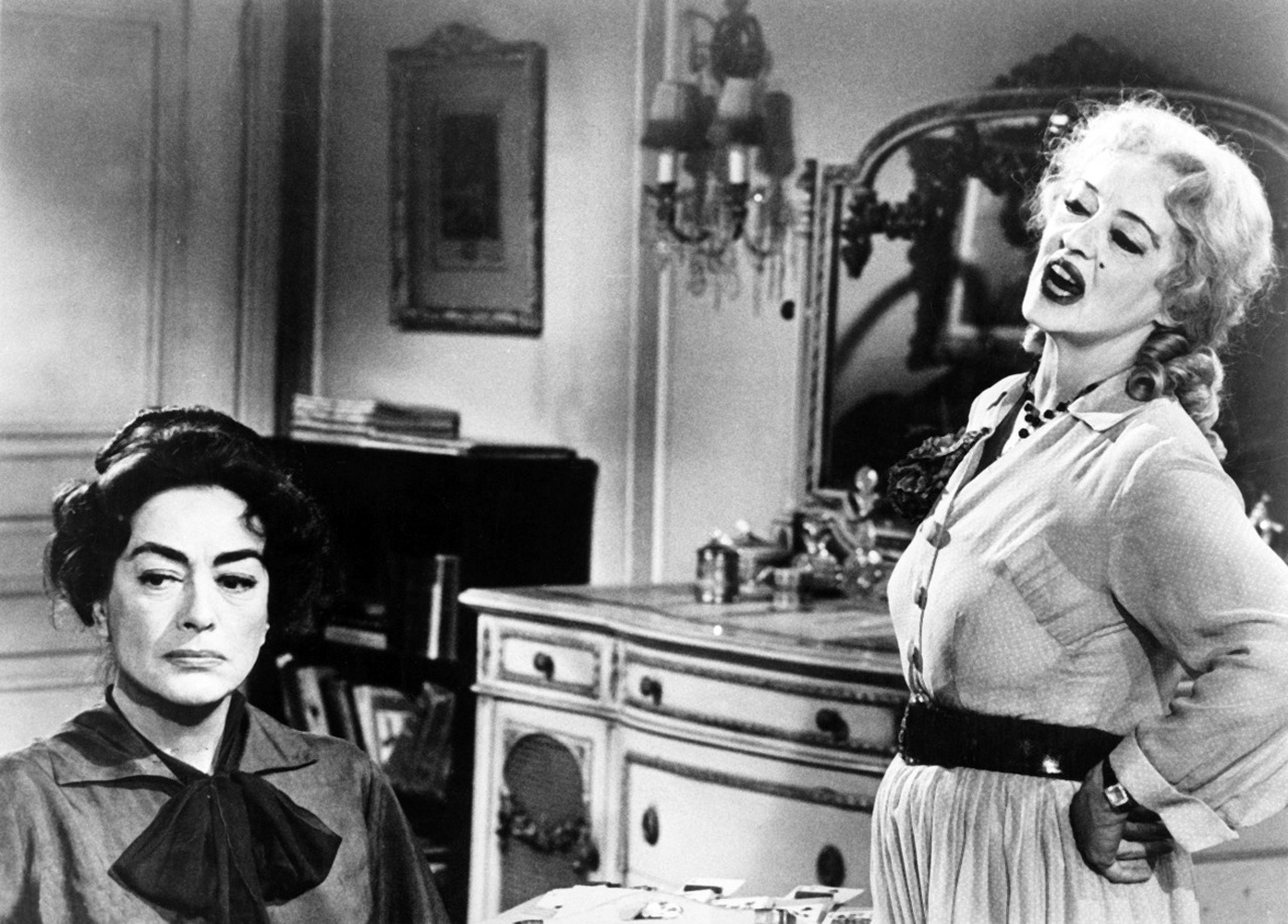
But there’s also a darker side to sisterhood, where rivalries take violent turns and where bonds are almost too strong, superseding everything else including reality. When sisters are pushed to the extremes, when women don’t meet society’s expectations, what does this tell us about the constraints on women to conform to idealized versions of femininity and sisterhood? Are bad sisters just failures or are they simply women with complicated narratives that a patriarchal society doesn’t allow room for?
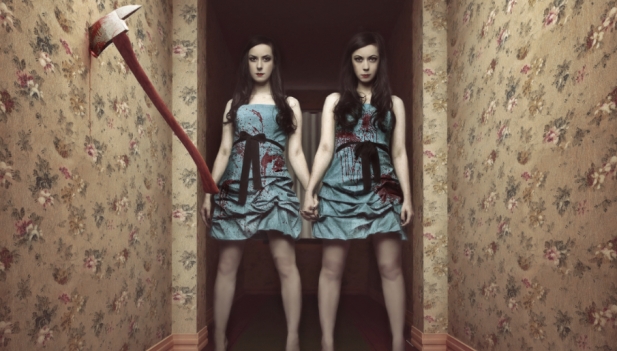
To get an idea of the Soska sisters, picture ‘The Shining’s Grady twins, only all grown up and in control of their destinies. Just in time for Halloween, Jen and Sylvia Soska spoke with us about their favorite horror movies, the hardships of working as female directors in masculine genre, their work on ‘See No Evil 2’ and what’s next for their careers.
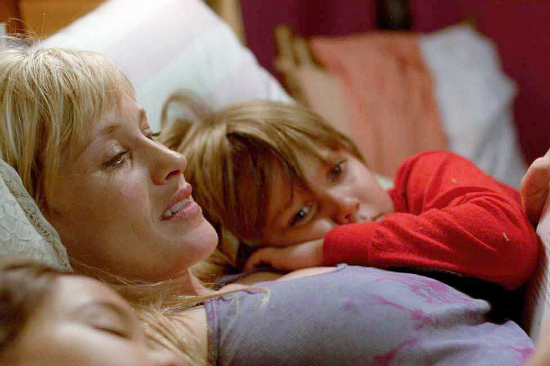
This is not an article that will chronicle empty mother characters. This is for all the badass mamas out there—the honest mother roles that women have nailed. Hopefully this will present a case for why we need a million more. Here’s to the female characters who have outlived the digital revolution and will continue to. Characters that live with us and remain faulted heroes. And here’s to the women who made them so electric.
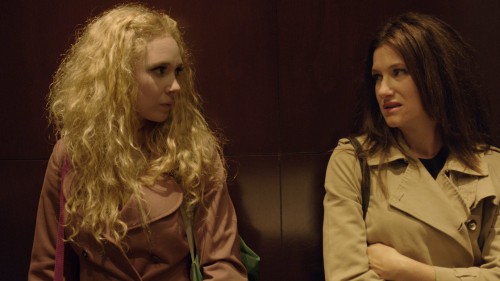
I was lucky enough to listen to Jill Soloway speak recently at a small gathering to discuss a new filmic voice for women, hosted by the genius and innovative Emily Best, CEO of the crowdfunding and distribution platform Seed & Spark. Soloway spoke so eloquently about her process and about women’s opportunities and struggles in the film industry. She was so engrossing and inspiring to listen to that there was a palpable feeling of magic in the room. One of the valuable lessons I took away from our discussion was about her career turning point — from producer to filmmaker — is that she realized that no one else was going to make it happen for her. It makes me wonder how many other women and men are waiting for permission to make their masterpieces, and license to make the characters within them bold, alive, and human.

We all know that women simply are not put on screen as much as men are. This is partially due to the fact that there are fewer women creating films than men and partially due to the beloved foreign sales model in the film industry that seems to reflect that men create more of a return at the box office. I have been on calls with producers where we could make the overall budget of a film lower if we cast a woman instead of a man because simply, we didn’t have to pay her as much.
The other element worth noting in today’s films is what women are given when we finally make it to the silver screen. 28.8% of women on screen wear sexually revealing clothes as opposed to 7% of male characters. 26.2% get partially naked as opposed to 9.4% of men. These numbers all but continue to increase.
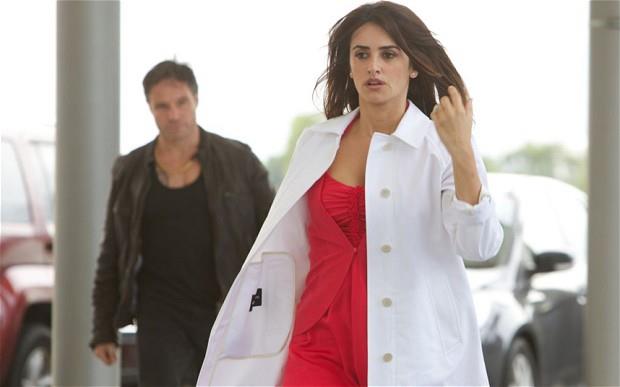
But this to me is the part we should pay attention to. When we don’t get to be headstrong, sexy scientists with daddy issues, we’re locked away. Because evidently we’re worth a lot, which while flattering, also insinuates that we are prizes that can be traded, bought, or stolen. In any film of the above mentioned genres, it’s safe to assume that at some point, the concerned wife, sexy girlfriend, or charming daughter will be kidnapped. When the body is used as a bargaining chip, the images that flood our minds are women tied to chairs, kidnappers holding phones to our crying faces, and makeshifts rag gags in our mouths.
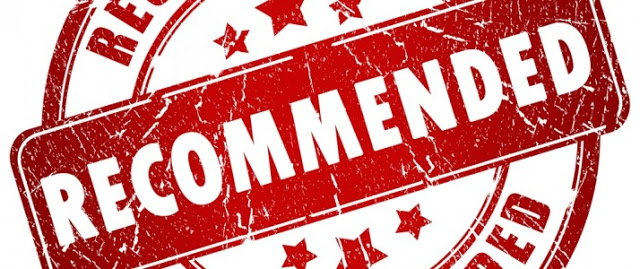
Check out what we’ve been reading this week–and let us know what you’ve been reading/writing in the comments!

But why are stories of female characters taking aggressive or assertive stances allowed to happen only after they have been victimized? In men’s revenge stories, oftentimes a woman has been killed off and he sets out to even the score. In a female revenge story, more often than not she has been assaulted and wants to get even. In both cases, women are victimized and the female body is used to move the narrative forward.
# 50/50 5 Broken Cameras 500 Days of Summer 45 Years The 40-Year-Old Virgin 4 Months 3 Weeks and 2 Days 9 to 5 1971 101 Dalmations 127 Hours 10 Days in a Madhouse 10,000 km 3 1/2 Minutes, Ten Bullets 300: Rise of an Empire 12 Years a Slave 28 Days Later A Abuse … Continue reading “Film Directory”
Megan‘s Picks: First Time Lionsgate Has Two Films Make Over $125 Million In The Same Year They Do It With Female Leads by Jill Pantozzi via The Mary Sue Amber Riley Breaks Down in Tears as She Opens Up About Body Image by Jorge Rivas via Colorlines Breaking Dawn Part 2: And They Lived Happily … Continue reading “Bitch Flicks’ Weekly Picks”
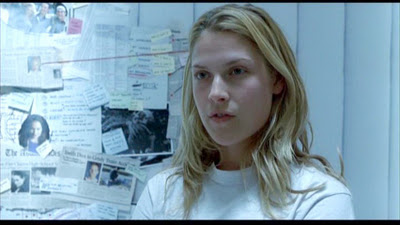
Guest post written by Candice Frederick. Originally published at Reel Talk. Cross-posted with permission. Continuing our festive Halloween coverage, we bring you a list of our favorite female heroes from scary movies. Whether they’re your favorite characters are not, you have to give them props for not dying (right away, at least). Check it out: … Continue reading “Horror Week 2012: 7 Great Heroines from Scary Movies”









